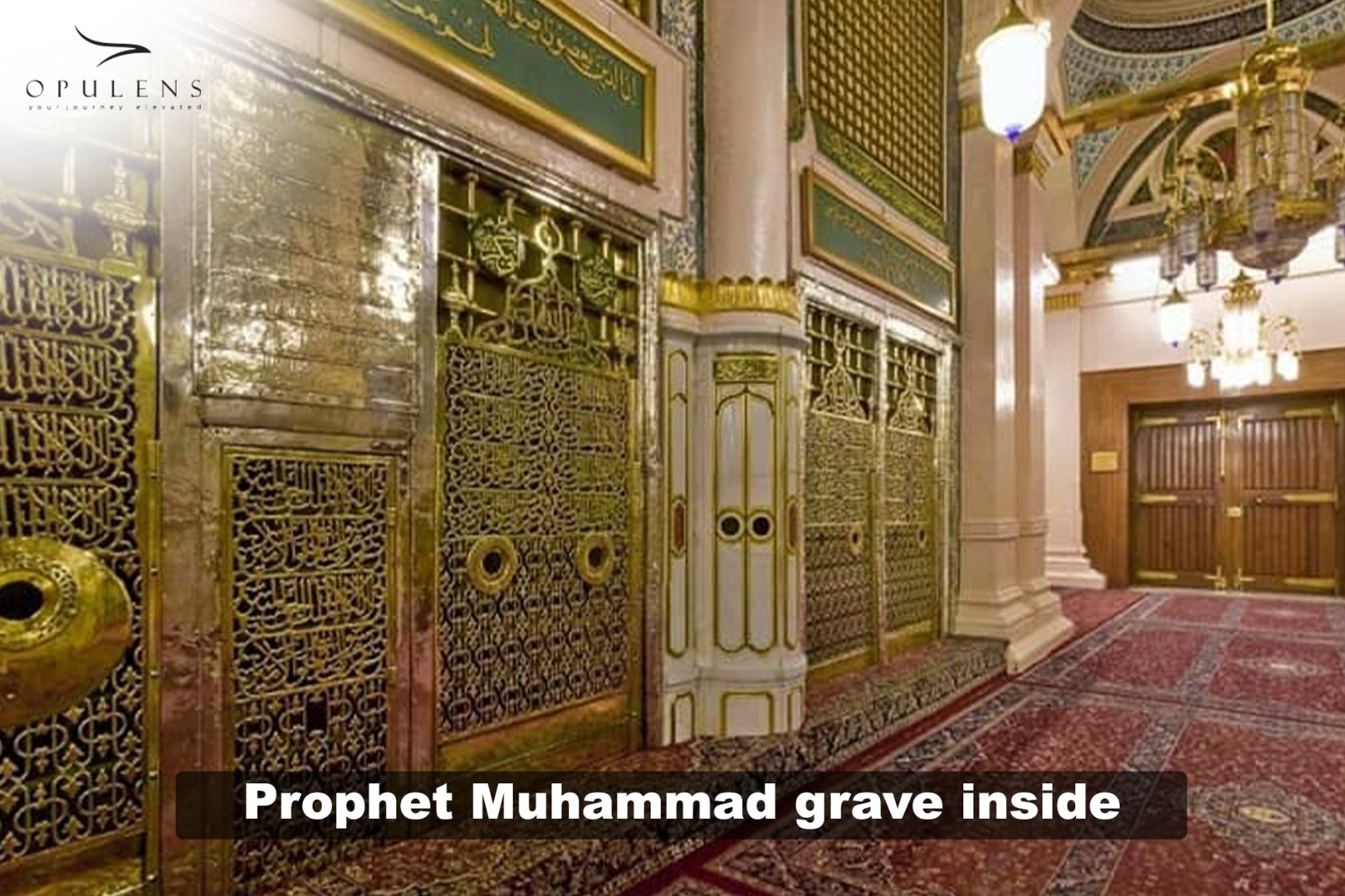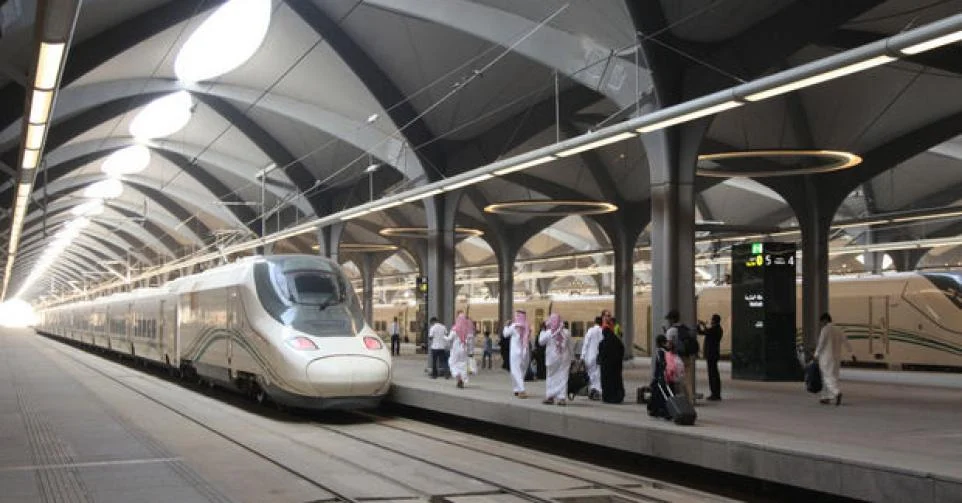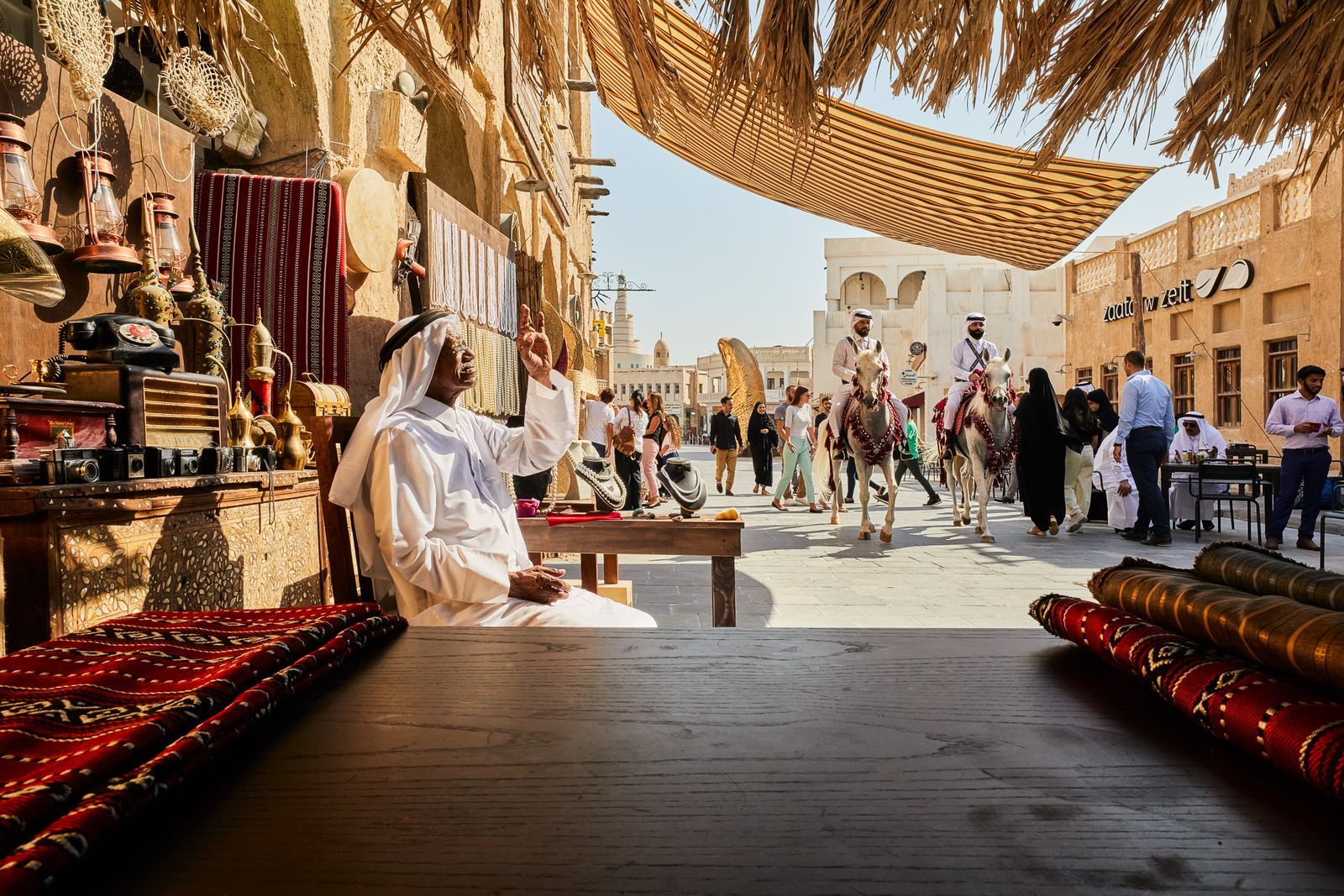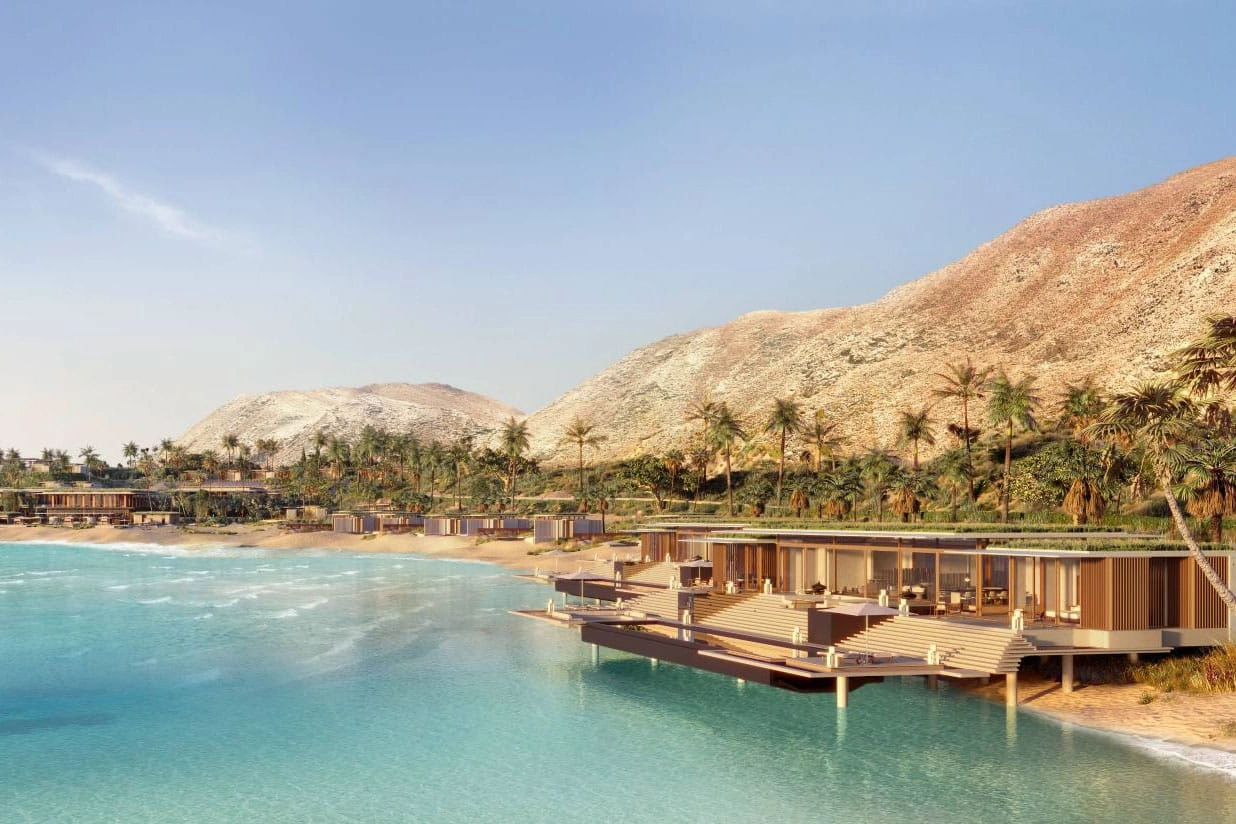Prophet Muhammad grave inside
Madina, one of the holiest cities in Islam, holds immense religious significance for Muslims worldwide. It is home to numerous sacred sites, including the revered grave of Prophet Muhammad (PBUH) and the magnificent Masjid Nabawi. This guide delves into the profound spiritual importance of these locations, offering insights into their historical and religious relevance.
The grave of Prophet Muhammad (PBUH) is situated within Masjid Nabawi, the second holiest mosque in Islam after Masjid al-Haram in Makkah. The sacred burial chamber, known as the Rawdah, also houses the graves of the two closest companions of the Prophet, Abu Bakr As-Siddiq and Umar ibn Al-Khattab. Pilgrims from around the world visit this blessed site to pay their respects and seek spiritual closeness.
Discover Saudi Arabia’s rich heritage with The best tourism company to saudi arabia 2025 , vibrant cities, and stunning landscapes with opulens Luxury Vacation, perfect for cultural explorers.
opulens, Best Hajj and Umrah Site the first-ever official planning, booking and experience platform, to create your Hajj or Umrah itinerary to Makkah, Madinah, and beyond.
Table of Contents
Where is Rawdah in Masjid Nabawi?
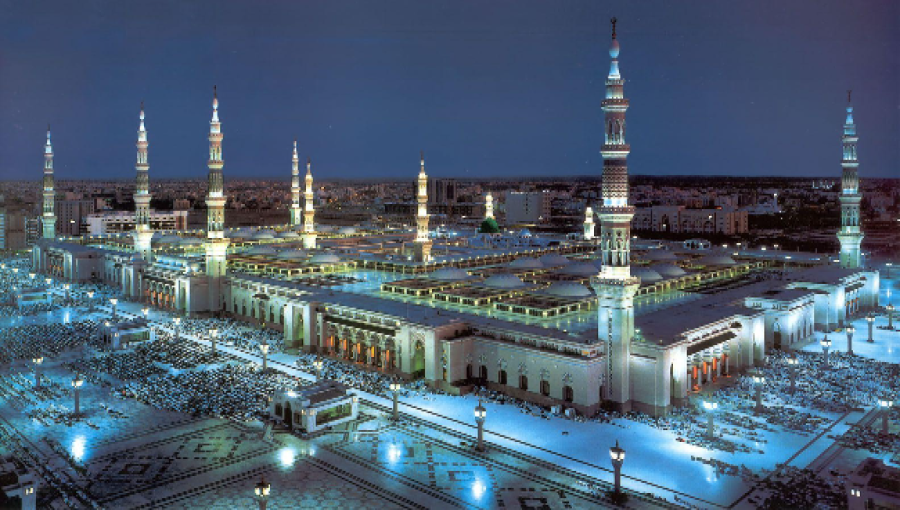
The Rawdah, often referred to as Riyadhul Jannah (Garden of Paradise), is a special area inside Masjid Nabawi. It lies between the Prophet’s tomb and his pulpit (minbar). Prophet Muhammad (PBUH) described it as a part of paradise, making it one of the most spiritually significant places in Islam. Access to the Rawdah is highly sought after, and visitors must follow the structured entry system established by the authorities to manage the large crowds.
List of Mosques in Madina
Madina is home to many mosques of historical and religious importance. Here are some of the most notable ones:
- Masjid Nabawi – The second holiest mosque in Islam and the final resting place of Prophet Muhammad (PBUH).
- Masjid Quba – The first mosque built in Islam, where praying holds great virtue.
- Masjid Al-Qiblatain – The mosque where the Qibla direction changed from Jerusalem to Makkah.
- Masjid Al-Jummah – The place where Prophet Muhammad (PBUH) led the first Friday prayer.
- Masjid Al-Ghamama – Associated with historical prayers and significant events in the Prophet’s time.
- Masjid Abu Bakr – Built in honor of Abu Bakr As-Siddiq, a close companion of the Prophet.
- Masjid Ali – Associated with Imam Ali, the fourth Caliph of Islam.
Masjid Nabawi Map
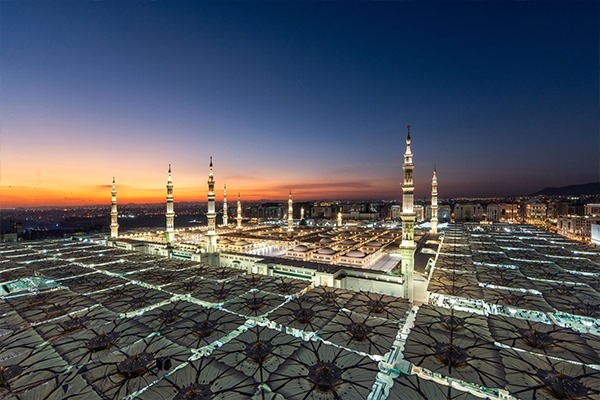
Navigating Masjid Nabawi can be overwhelming due to its vast size and multiple sections. The mosque has several gates, each named after prominent Islamic figures. Some key locations within Masjid Nabawi include:
- The Green Dome – The iconic structure marking the burial site of the Prophet (PBUH).
- Rawdah Riyadhul Jannah – The blessed area regarded as part of paradise.
- Minbar (Pulpit) – The place from which Prophet Muhammad (PBUH) delivered sermons.
- Baab Al-Salam (Gate of Peace) – A significant entrance for visitors.
- Baab Al-Baqi – Leading to the Jannat al-Baqi cemetery, where many of the Prophet’s family members and companions are buried.
What is the Meaning of Rawdah?
The word Rawdah in Arabic means “garden” or “meadow.” In the context of Masjid Nabawi, Rawdah (Riyadhul Jannah) refers to the area described by Prophet Muhammad (PBUH) as part of paradise. It is considered a place of immense blessings, where prayers are believed to be readily accepted. Visiting Rawdah and offering supplications there is a deeply cherished experience for every pilgrim.
Conclusion
The city of Madina, particularly Masjid Nabawi, holds an unparalleled spiritual significance for Muslims. From the sacred grave of Prophet Muhammad (PBUH) to the blessed Rawdah and the numerous historical mosques, every corner of this holy city echoes with Islamic heritage. Understanding the religious importance of these sites enriches the pilgrimage experience and deepens one’s connection to the faith. Whether visiting for Umrah, Hajj, or personal devotion, exploring these sacred locations is a profound journey of spiritual fulfillment.
For more information, contact us via WhatsApp now.



